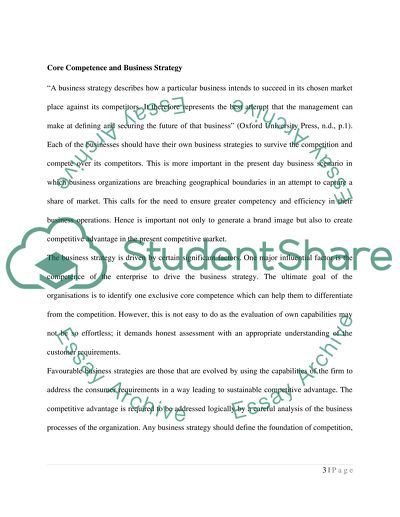Cite this document
(“Business Strategy Essay Example | Topics and Well Written Essays - 3000 words - 1”, n.d.)
Retrieved from https://studentshare.org/environmental-studies/1409754-business-strategy
Retrieved from https://studentshare.org/environmental-studies/1409754-business-strategy
(Business Strategy Essay Example | Topics and Well Written Essays - 3000 Words - 1)
https://studentshare.org/environmental-studies/1409754-business-strategy.
https://studentshare.org/environmental-studies/1409754-business-strategy.
“Business Strategy Essay Example | Topics and Well Written Essays - 3000 Words - 1”, n.d. https://studentshare.org/environmental-studies/1409754-business-strategy.


